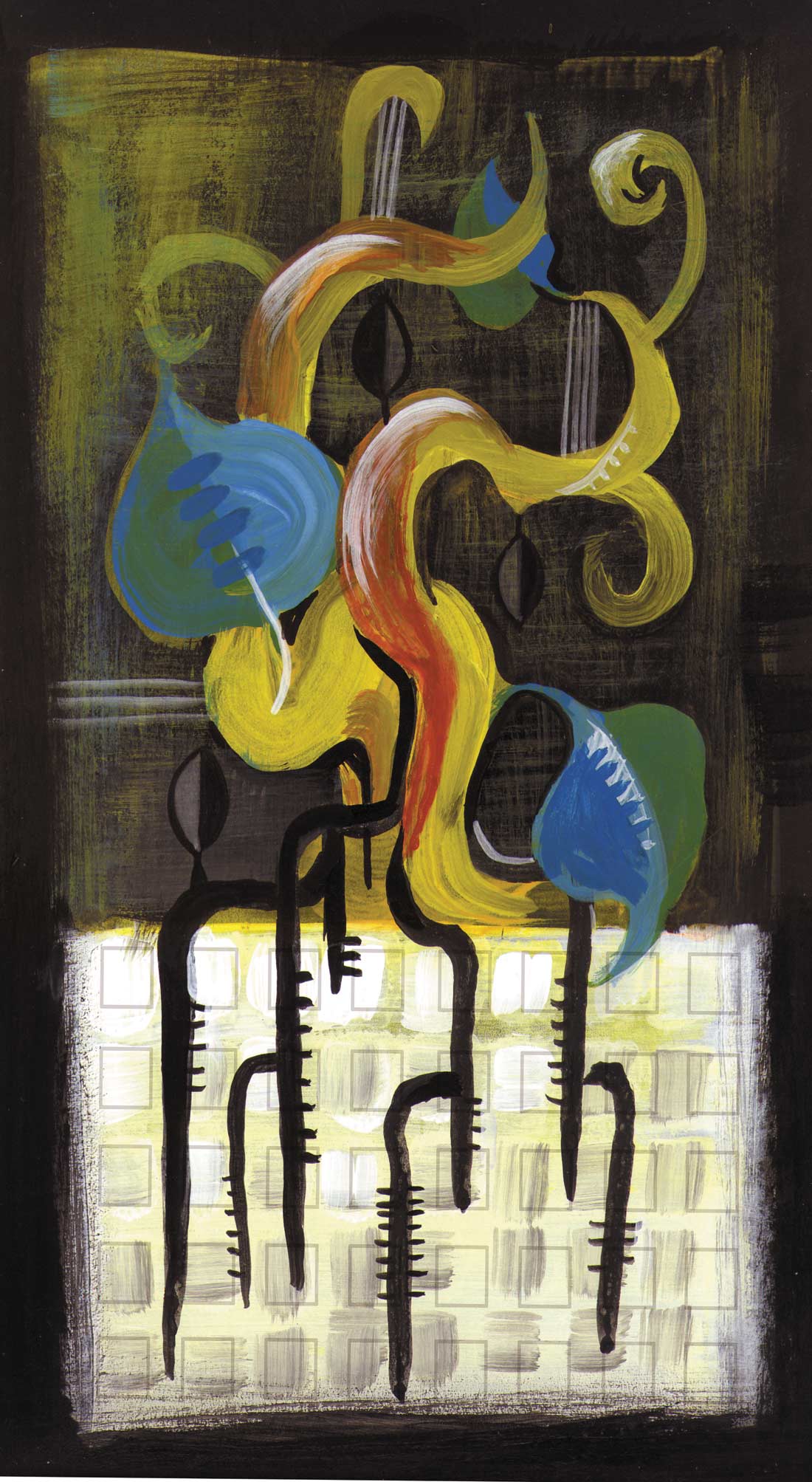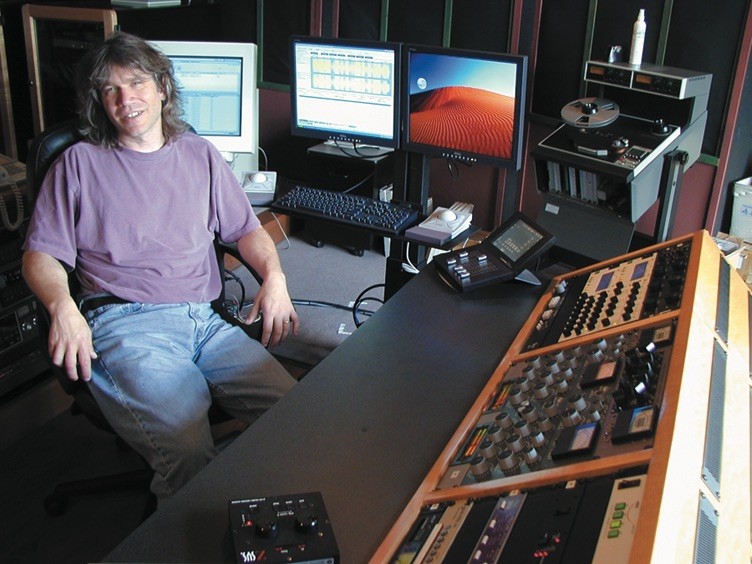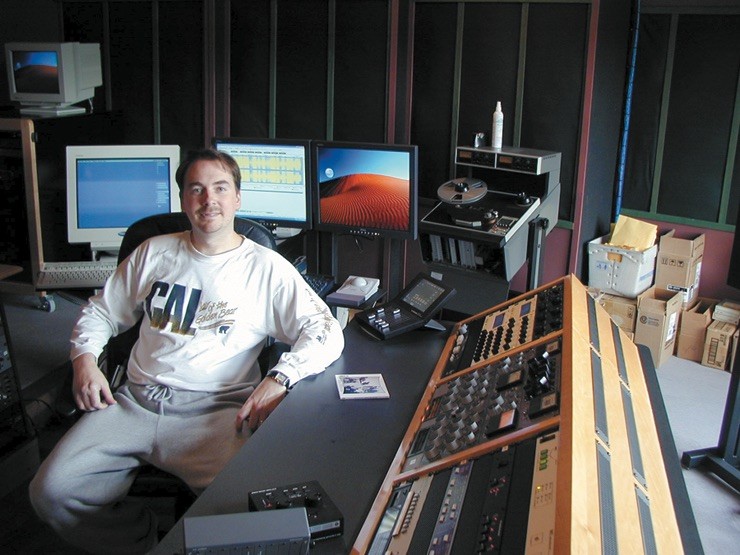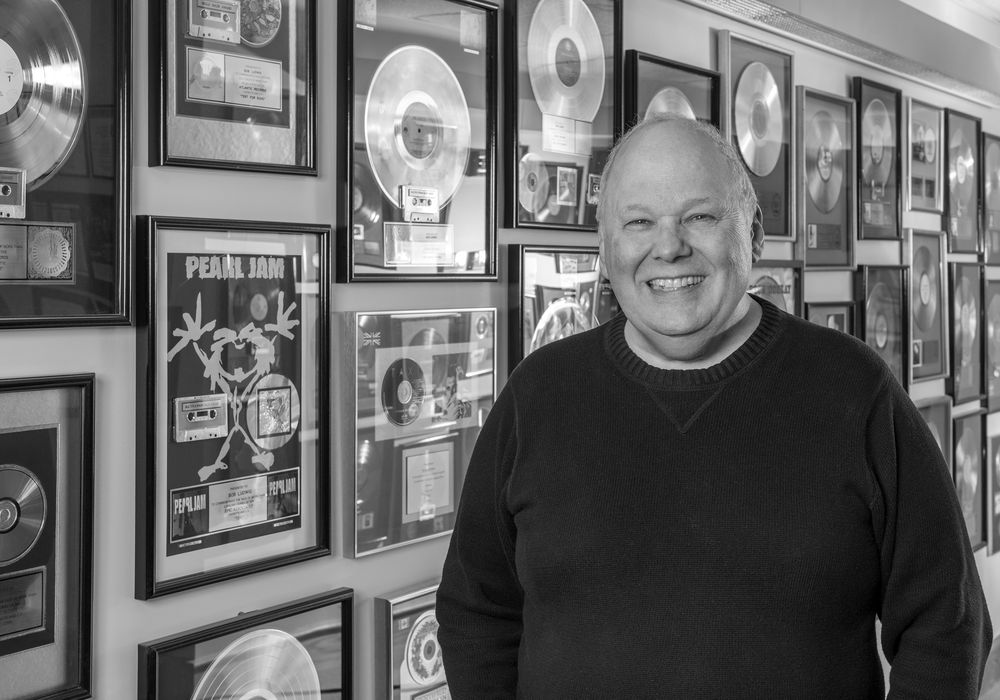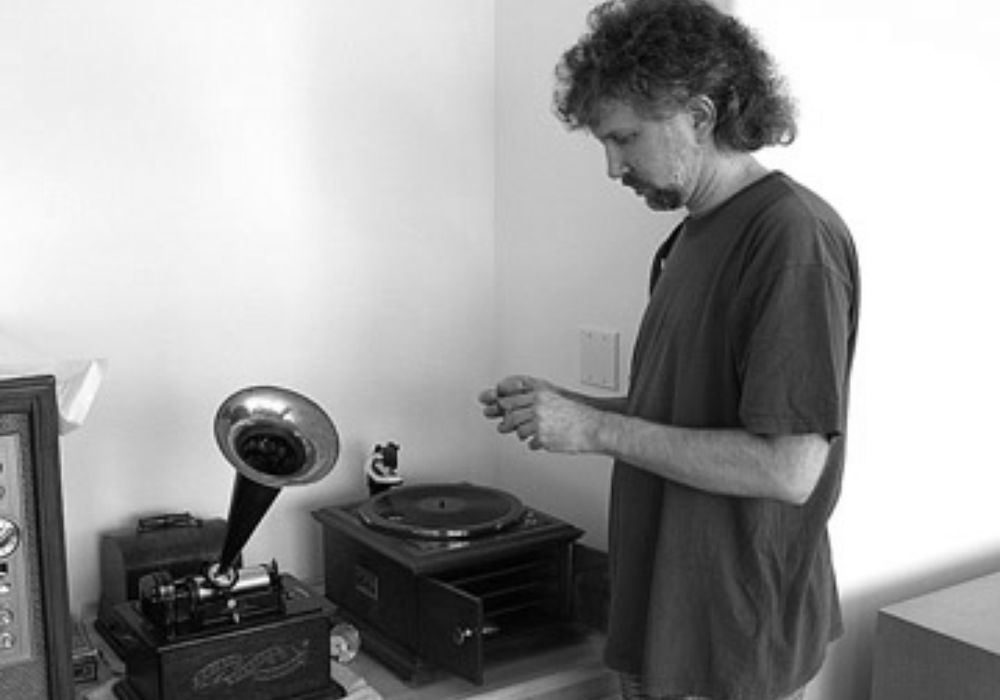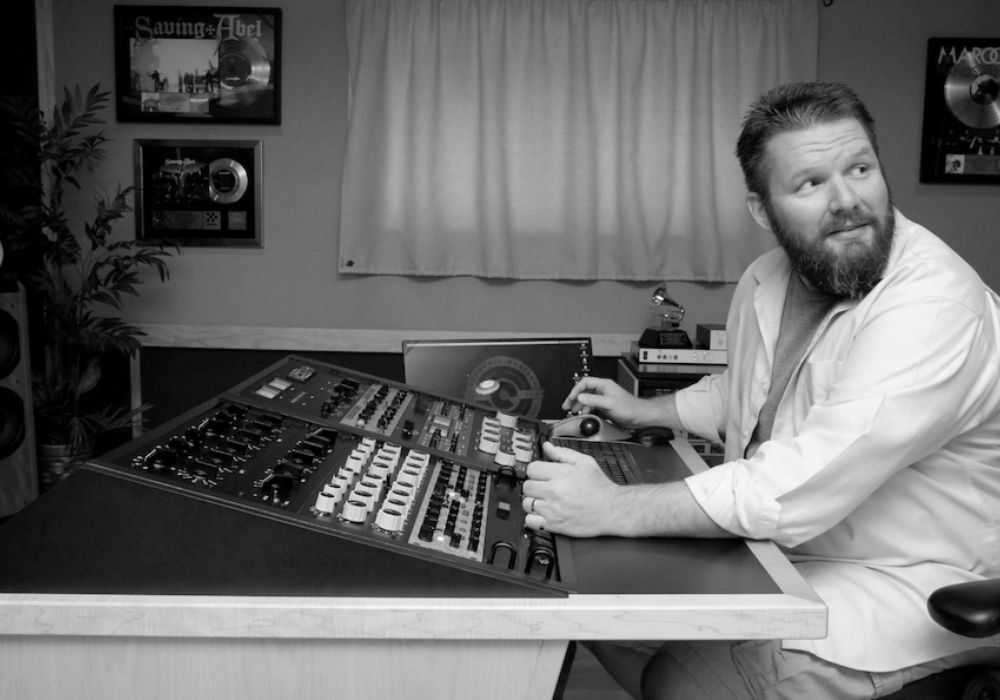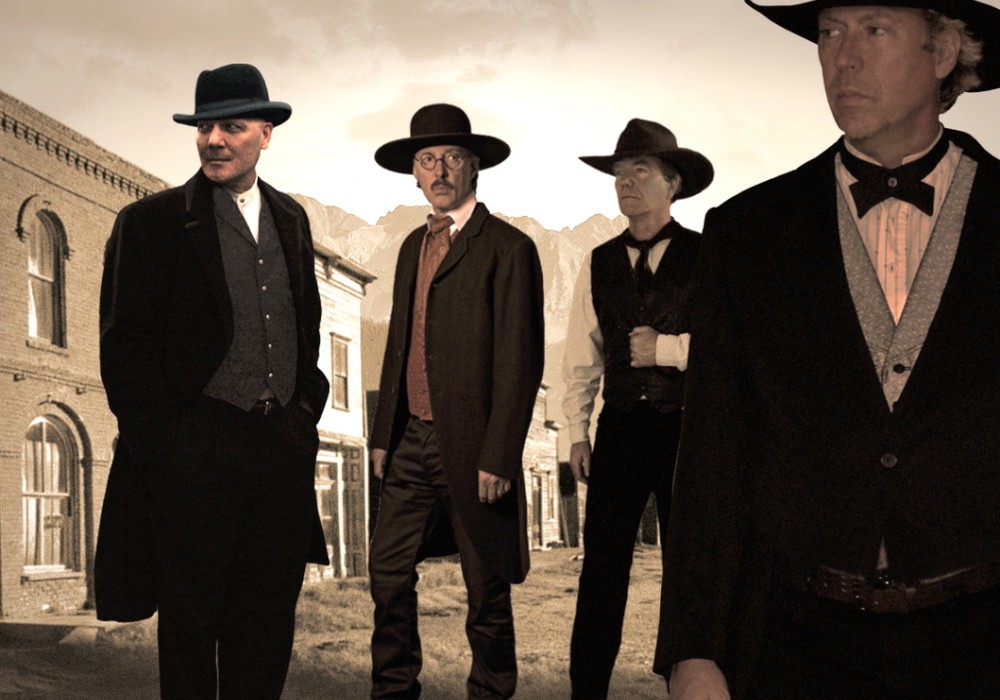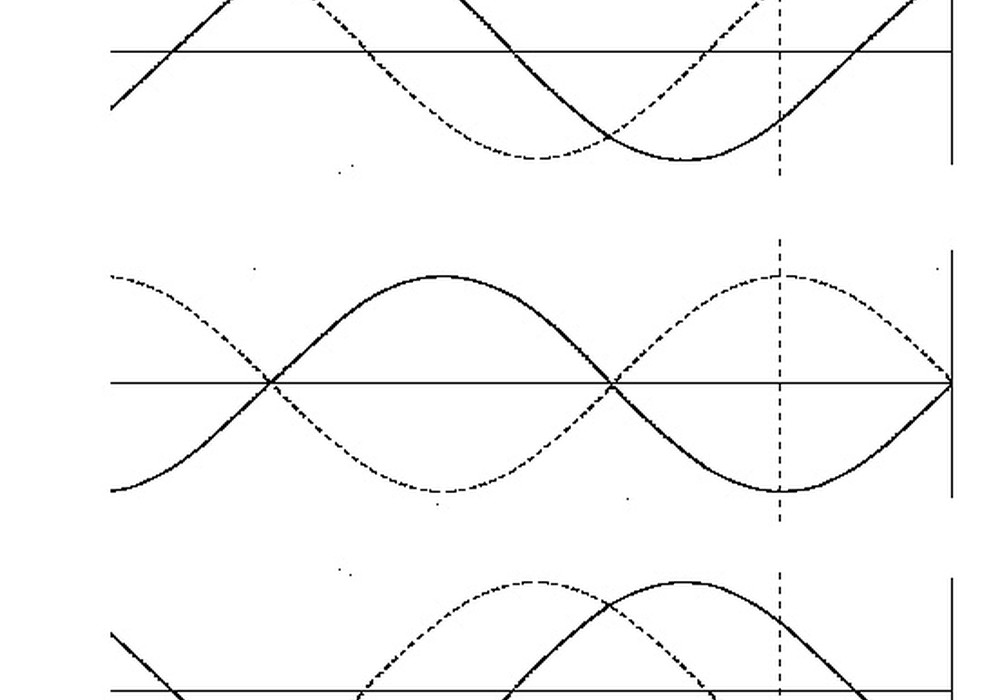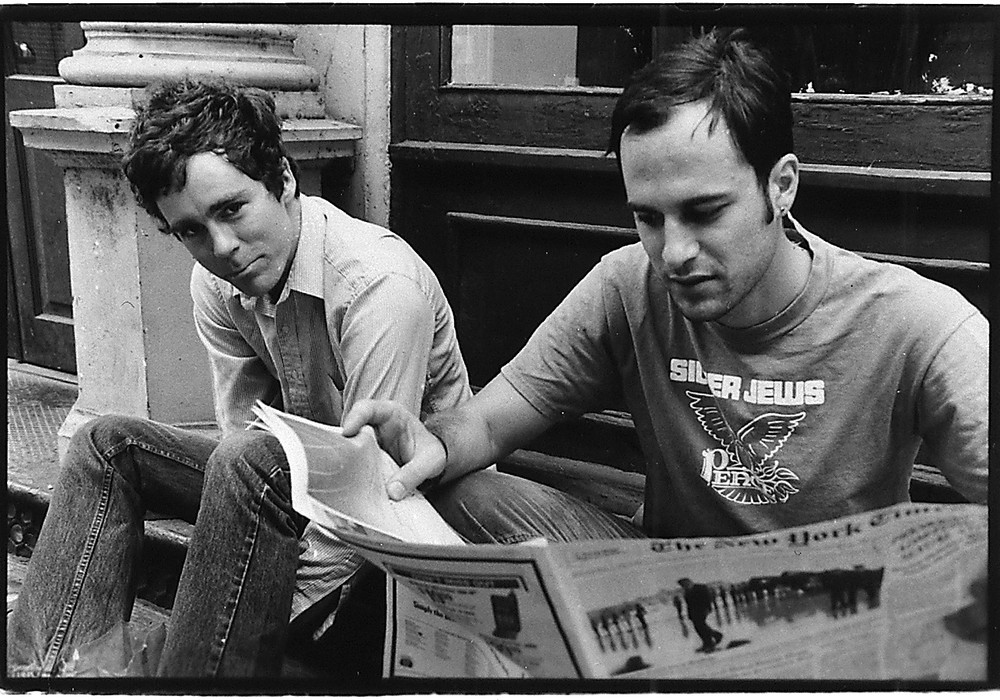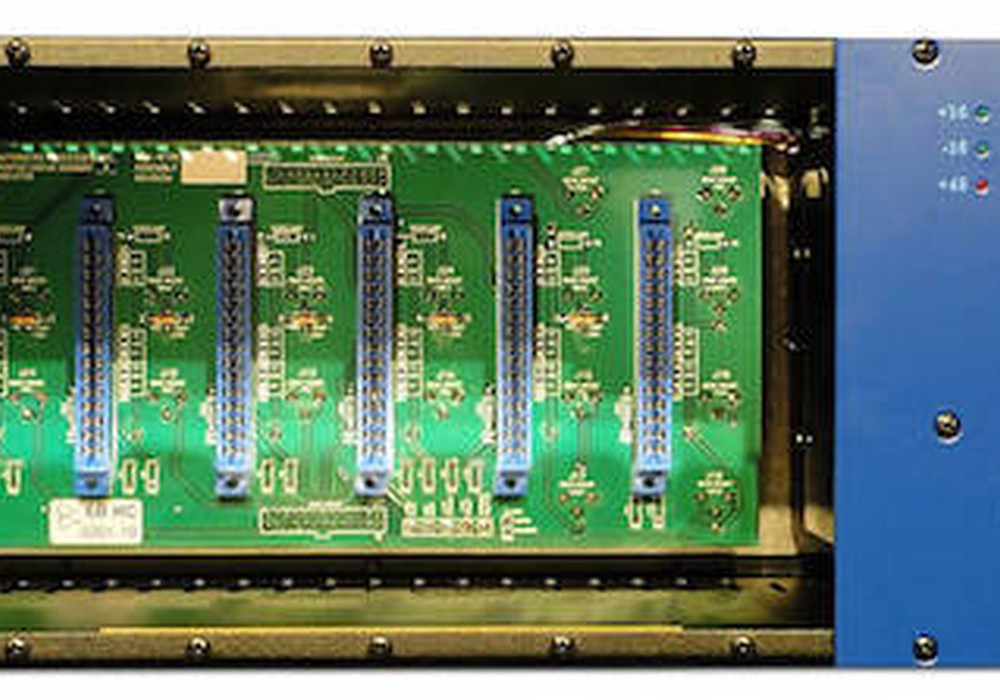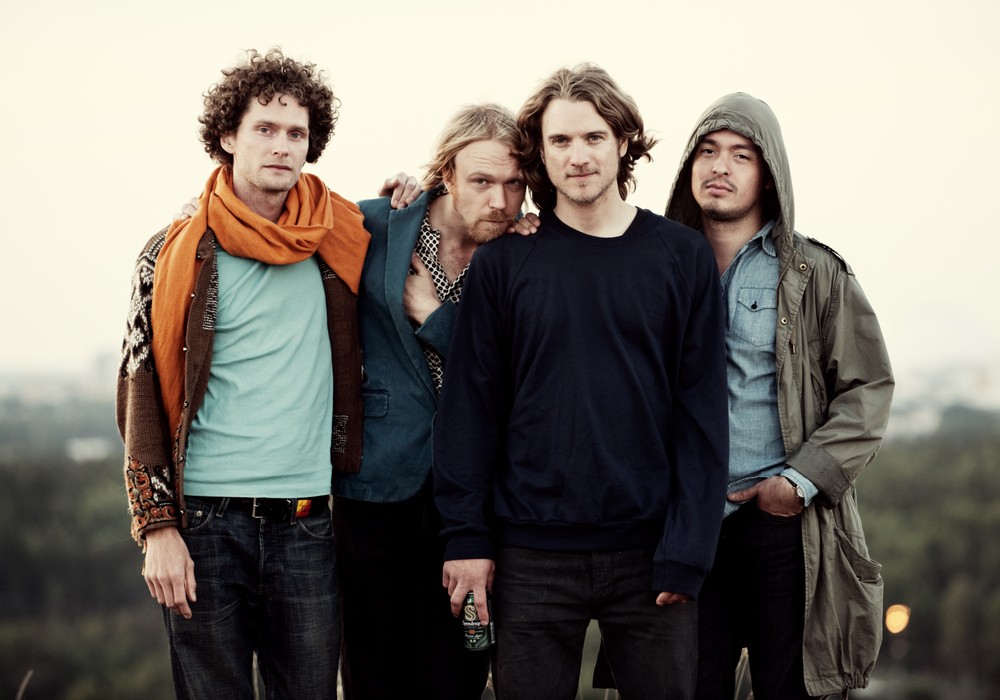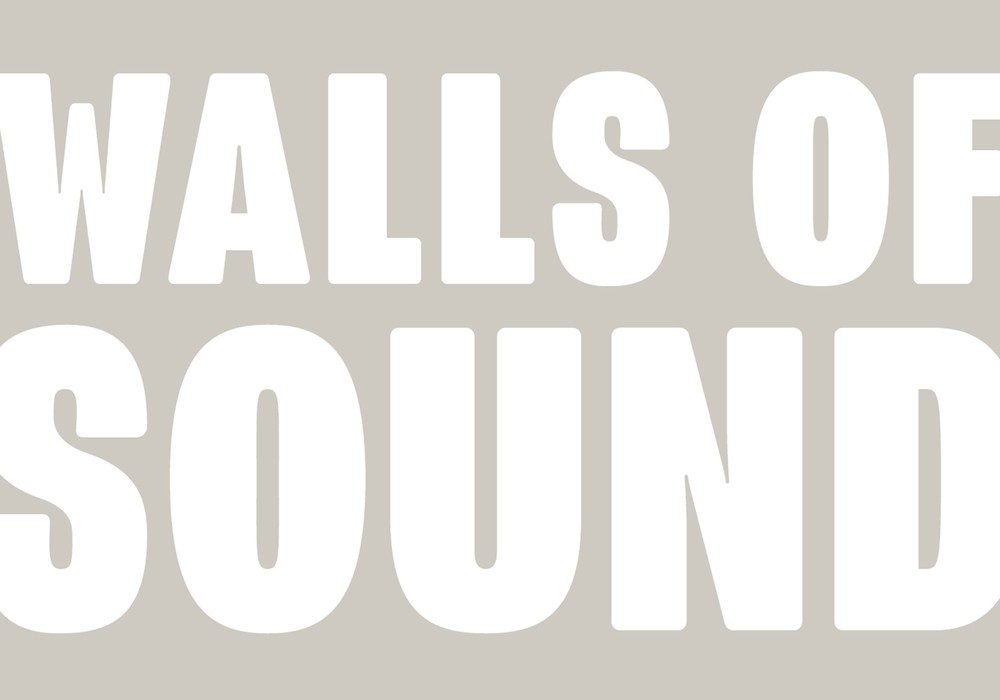Three years ago Pearl Jam made the bold decision to release commercially available CDs of all 60-plus concerts on its U.S. and European tours, undercutting would-be bootleggers and delighting legions of fans hungry for recordings of the band's inspired live performances. This year the band is doing it again. And just as they've continued to challenge themselves musically, the Seattle rockers are pushing technical and sonic boundaries by putting out professionally recorded and mastered two-CD versions of their current concerts not after the tour, as in 2000, but just days after each and every show. For a mere $14.98 each plus shipping, fans can order any or all of the current shows from pearljambootlegs.com and they can also — for the first time — enjoy nearly immediate access to unmastered MP3 tracks from every ordered show to tide them over until their discs arrive. Not a bad deal for someone who wakes up the morning after a concert with a hankering to hear it all over again.
Such an undertaking may be simple in concept and blissfully easy for fans to appreciate, but the project requires a finely honed and technically-sophisticated process to bring the necessary elements together 72 different times over the five-month span of the tour's three legs. Pearl Jam tour engineers Bret Eliason and John Burton faithfully record every show in Pro Tools, live to two-track (with simultaneous multitrack recordings for backup or future mixing) wherever they happen to be — a fairly straightforward, if unrelenting, procedure. But things get trickier as soon as a mix is finished and Burton has whisked the MP3 files off to Sony. That's where Rick Fisher and Ed Brooks of Seattle's RFI/CD Mastering come in.
RFI/CD is one of Seattle's premiere mastering facilities, and founder/engineer Fisher and mastering engineer Brooks work in tandem to handle the massive "bootleg" project as well as the studio's steady stream of day-to-day mastering work. To get each show in the hands of fans within the insanely tight promise window of seven to ten days, everything has to happen like clockwork, and minutes count in the early hours. Each freshly mixed show is FTP'ed directly to RFI/CD from various points around the globe (occasionally the shows are couriered to the studio on data CD-Rs when FTP just isn't an option). Again, a simple enough notion, but — as is too often the case — the devil is in the details.
According to Fisher, the challenges posed by this project provided the perfect opportunity to make some significant studio upgrades — namely, switching its primary workstation from Sonic Solutions to the PC-based Pyramix Virtual Studio, outfitting the physical studio with everything necessary to master at 88.2 kHz/24-bit resolution, and networking his building to optimize accessibility and data throughput.
Plumbing
"It was pretty much Bandwidth 101," says Fisher, who turned to his friend and colleague Matt Sutton for advice in determining exactly how much bandwidth would be required to bounce two-hour-plus concerts between servers and workstations at greater-than-CD resolution. Sutton designed and installed the resulting network. The workstation upgrade included not only a change of platform, but also the installation of an additional networked workstation in a second room. To manage the secure digital distribution of the band's Pro Tools mixes, Eliason selected Wam!Net, which they used both coming (from the road) and going (from RFI/CD back to Sony for manufacturing). Reports Fisher, "We now have a pair of T1s here — using two T1s doubles our bandwidth — and Sony is using T3s. We get three megabits per second on downloads, where DSL would have taken nearly five times longer in either direction." Even still, the full show takes about four hours coming in, and, since the files are smaller and the pipes are bigger going out, only 40 minutes in sending them to Sony as 44.1 kHz/16-bit CD image files. All told, each show takes about seven hours to master, from arrival to hitting "send."
Preparations were fraught with seemingly minor details that blossomed to larger proportions. "File size was an issue," says Fisher. "Macintosh was an issue — the files must be compressed with Stuffit for transmission over the open Internet when a Wam!Net server is not available locally. And dealing with the local phone company was a definite hidden element, factoring in their lead times and limitations. Fortunately, we started planning far enough out that we didn't have to sweat the timing for that end of it." Furthermore, networking the system has proved very valuable. "My throughput in the building has increased radically," says Fisher. "Up to the point of making those changes, my hours here were really out of control. They haven't gone down appreciably, however, just due to the nature of this particular project. We are basically on tour with this band, despite the fact that we sleep in our own beds every night. They do a show on Friday, we're here on Saturday. They do a show on Christmas Eve, we're here on Christmas."
Quality Control
Once safely in house, the files make the hour-long bounce from the Wam!Net server onto the studio's Macintosh computer, at which point Fisher immediately makes backups to DVD-R from the PC where the files came in. The next step is continuity: the band sends a set list for the show to both RFI/CD and to Sony. Sony generates ISRCs for the songs and sends these to RFI, and one of Brooks' first tasks in mastering is to set the set list against the files that came in the night before. "One of the things Sony needs to know right off the bat is which songs are going on which discs," says Fisher. "There's a whole other team of guys out there that we're not involved with that have to do the covers and everything else. We have to provide them with that information: Where does this record break? And we make that decision, because we're the guys who have to figure out how to squeeze this onto disc."
Mastering
Brooks, whose recent mastering credits include Hot Hot Heat and Death Cab for Cutie, has a longstanding relationship with Eliason and was a natural choice for this project. The studio's Pro Tools-equipped Macintosh becomes, in effect, the playback machine, outputting 24-bit, 48 kHz PCM source files. "The first thing I do is figure out the side break, which is based on running time and finding a good transition between the sides," says Brooks. "We try and get at least a couple of songs into the second disc before the encore break. We're trying to keep the spirit of the concert alive and keep it exciting. So we put out the whole show each time, with the exception of the five minutes of audience noise in between the encores, which I edit out — fade down, fade up — which, sometimes, is simply necessary in order to fit the shows onto two discs. "Next I run through the show visually in Pro Tools to make sure I don't see anything that looks like a spurious pop or nasty electrical noise. And anytime I find something that is not, say, a mic stand getting hit or a guitar getting plugged in, then I'll figure out how to remove it. I can just use the pencil tool in Pro Tools to redraw the waveform. "At that point, I'm ready to start mastering the audio. The basic approach, which we started with in 2000, is that the shows are mastered in a single pass, so when I'm getting set up I'm looking for settings that will work for the entire show. We don't master each song individually, we don't pull the shows apart and rebuild them. The tone of the discs derives from Brett's mixes, which are always really solid. Based on having done the 2000 tour, and from comments that bandmembers have made to me, I know that they want the discs to sound like you're at a show. The audience is present, and the band does not want to sound really separated. The more singular and powerful as a unit they sound, the better. With EQ, rarely do I boost more than a dB at any given frequency, whether it's down low or up near the top. Usually I'm half a dB — everything's really subtle. Brett has mixed this band so many times, he just knows where to go. And the fact that he upgraded his system considerably for this round of touring, and the fact that we upgraded considerably, I think has made this tour sound dramatically better than the last. And I know from the couple little peeks I've taken at the message boards that fans feel the same way. And from what Brett's told me, the band feels that way, too.
"The tracks sound pretty consistent night to night. The biggest difference, every time, is the tone of the hall. And usually I'll go and listen to a section of [singer] Ed [Vedder] talking, and that will tell me really quickly if there's something obvious, one place where the hall's adding or subtracting. Early on, I looked for a song that I knew they played almost every night, and I decided on "Corduroy". I'll work that song through two or three times. It's a thicker-sounding song because Ed plays guitar on it, and it's also fairly dynamic. It kind of opens up in a section — that's another good space to hear the hall — and when I end up with a level for the chorus to that song I also know how the rest of the show will respond, level and compression-wise. And that comes from the fact that I've now mastered that song over a hundred times! The only deviation that occurs from the basic tone of 'Corduroy' is on songs that Jeff [Ament] plays an electric upright bass. And that thing has a whole bunch of 60 Hz bottom in it. Typically it sounds fatter, and typically I turn off any bump I'm running down there if that instrument is hugely booming."
As for the mastering chain itself, Brooks goes after the best of both worlds. "First thing, straight out of Pro Tools, I sample-rate convert to 88.2 kHz, and we're working at that sample frequency all the way through to our high-res master file in Pyramix. I do convert the audio to analog, and it's just based on loving the sound of the analog gear that we have in here — and I know that Brett is comfortable with that process. It's reconverted, and all the digital gear is operated at 88.2, 24-bit. We stay high-res right up to the point of having to make the delivery master."
Before FTP-ing the mastered show over to Sony for pressing, Fisher listens to each finished 44/16 file. Says Fisher, "The studio upgrades weren't just about workflow, they were also about quality flow. The upgrade to the high-res sample rates was startling and delightful. The resolution that the gear works at — the detail we get — is just great."
What does having taken on this project mean for his regular business? Says Fisher, "When this project wraps up, I'll be able to do my regular clientele's work in considerably fewer hours, both to my benefit (in terms of my having a life) but also to the benefit of the clients — they like the throughput. It was getting hard for me to deliver masters as quickly as people wanted them. And quick service is a hallmark of American business."
But you'd better believe these guys will be ready to do it all again when the band gears up for another tour. "I think from the tour aspect," says Brooks, "one thing that makes these shows interesting as releases is that the band never, ever plays the same show twice. They always change the order, they always pull out odd covers. They always do something. I still think about it when I'm coming in to work, 'What are they playing today?' I look at the set list and go, 'Oh, cool, they played that one!'"
